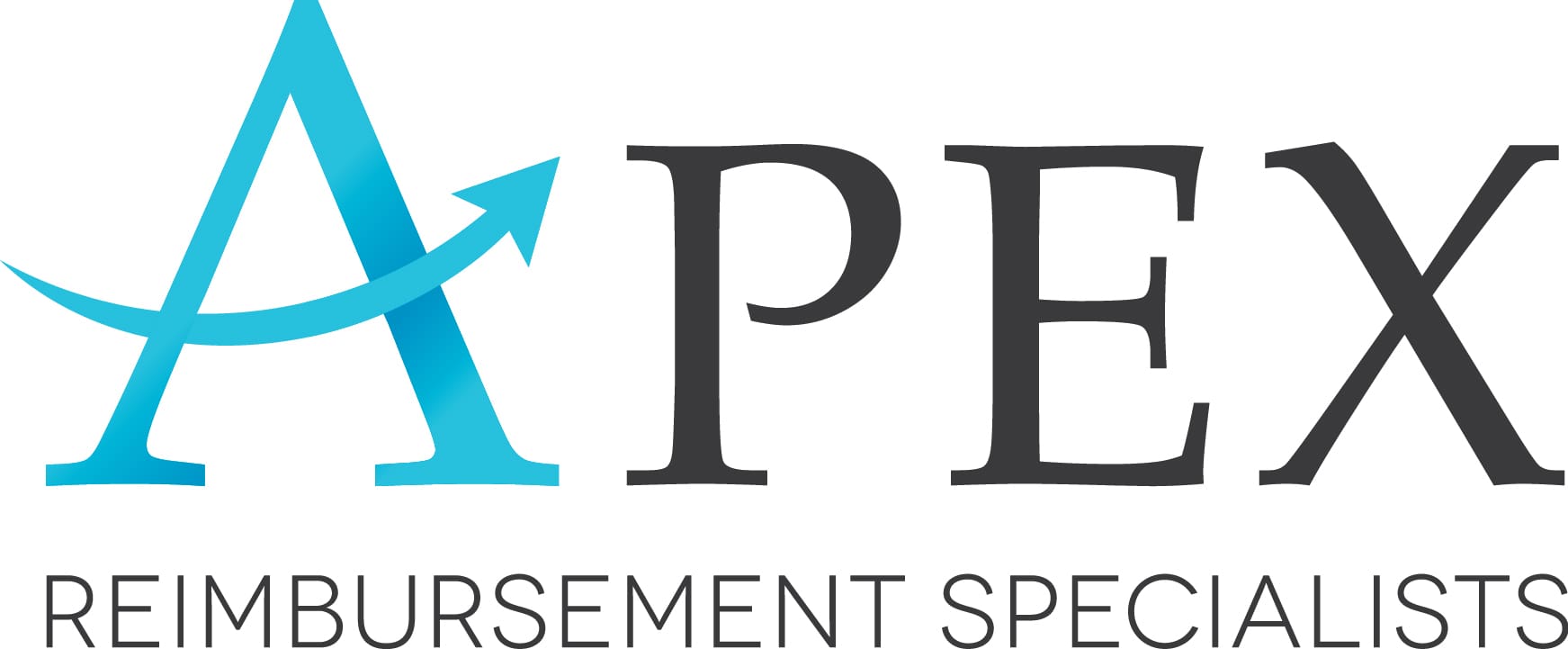One of the most important decisions dental practice owners face is whether to participate with insurance providers as an in-network provider or to remain out-of-network. The in-network vs. out-of-network debate affects everything from your patient volume to your administrative burden. Understanding the pros and cons of each model will help you make a decision that aligns with your overall business goals.
Patient Volume
One of the most immediate advantages of joining insurance networks is access to a larger patient pool. Many patients search for providers within their network to minimize their out-of-pocket costs, which can give in-network dentists a steady flow of new patients. However, since out-of-network practices often attract patients who are less price-sensitive and more focused on quality, you may find it easier to build long-term, trust-based relationships with your patients if you are out-of-network.
Reimbursement Rates and Fees
Perhaps the biggest drawback of being in-network is the lower reimbursement rate. Insurance companies dictate what you can charge for specific procedures, which can reduce profit margins. While you can negotiate your reimbursement rates, it can still be a drawback for dentists. Out-of-network dentists, however, are not bound by insurance fee schedules. This allows you to set prices that reflect the value of your services, your skill level, and the quality of care you provide.
Patient Costs
Patients appreciate knowing what their out-of-pocket costs will be. The in-network model offers standardized pricing and coverage estimates, which can improve patient satisfaction and reduce billing confusion. For out-of-network dentists, patients may be confused or concerned about treatment costs. Your front desk staff must be well-trained in patient education to explain in-network vs. out-of-network benefits and what their financial responsibility is.
Competitive Advantage
In areas with many dental offices, being in-network with popular insurance plans can give your practice a competitive edge by placing you on the insurer’s preferred provider list. However, you can gain different advantages by being out-of-network. For example, although your patient volume may be lower, your per-patient revenue may be higher. This can allow you to spend more time on each case, focus on specialized services, and gain a competitive edge through increased profitability.
What Model Is Right for Your Practice?
Deciding between in-network vs. out-of-network is not a one-size-fits-all solution. Instead, it depends on factors like your practice goals, your local patient demographics, and the services you offer. What things should you consider?
- Are you in a competitive area where insurance drives patient decisions?
- Do you want to prioritize higher patient volume or higher profit per patient?
- Is your team prepared to handle complex insurance conversations with patients?
- Are you offering specialized services that may justify an out-of-network model?
Some practices use a hybrid model and participate in a few major networks while remaining out-of-network for others. This allows them to strike a balance between volume and profitability.
Choose the Right Future for Your Practice with APEX Reimbursement Specialists
If you are ready to get the most out of your practice or learn more about reimbursement negotiation, APEX Reimbursement Specialists is here to help. Contact our team today by calling (410) 710-6005. We look forward to working with you to make your practice a more profitable place.

